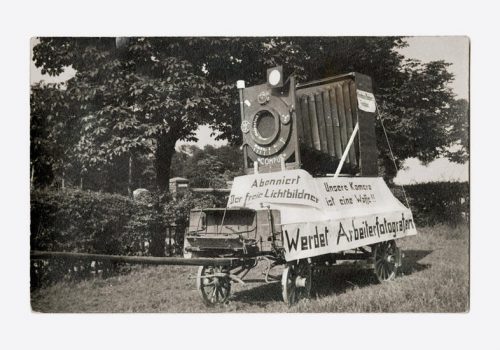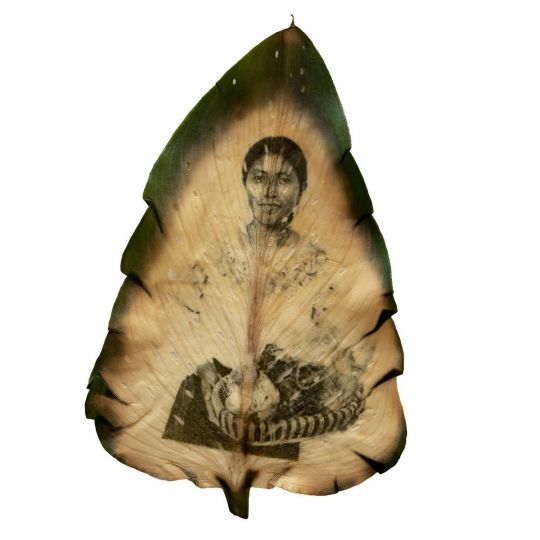Ten years after the exhibition held in Madrid, A Hard and Merciless Light, and a year after the exhibition at the Pompidou Photography Center, a class weapon, this issue 4 of Transbordeur reports on the abundant current research on photography about the working class. The dossier extends the subject both geographically and chronologically.
In the mid-1920s, the agitation of the radical left circles led to the development of a language and methods that gave a lasting mark to photography. In addition to the photomontages which filled the illustrated press, the cultural and political movements were based on a new principle: popular medium, photography was to serve the cause of the people by allowing them to produce documents on social life themselves. According to the proletarian idea carried by the Communists, this act of takeover by the workers of their own image made the workers pass from the status of ” class object” to that of subject and actor of their own representation. Who better than the dominated could report daily on the struggles in which they found themselves engaged? The workers therefore used cameras to document their daily life, their work and their hobbies, more specifically their involvement in the social movement (fig. 1). This new method of agitprop consisting in giving workers the means of visual production, supported by the organization of exhibitions, of networks of worker amateurs, spread to different countries – Germany and the USSR were first, but also Czechoslovakia, Great Britain, France, the United States in particular. Workers’ photography remained throughout the 20th century and still today a model of alternative production of visual information. In the 1970s, militant photographers and filmmakers reproduced the gesture of giving workers cameras to document the social movement. The feminist activist Jo Spence with her companion Terry Dennett – studied here in the article by Charlene Heath (pp. 104-117 fig. 2) or even Chris Marker with the Medvedkine groups put into practice this reversal of the relationship of symbolic domination underpinned by the photojournalistic medium in a way that seems to anticipate contemporary media. How can we not think of the shared image on the Internet, the political use of social networks? (…)
















